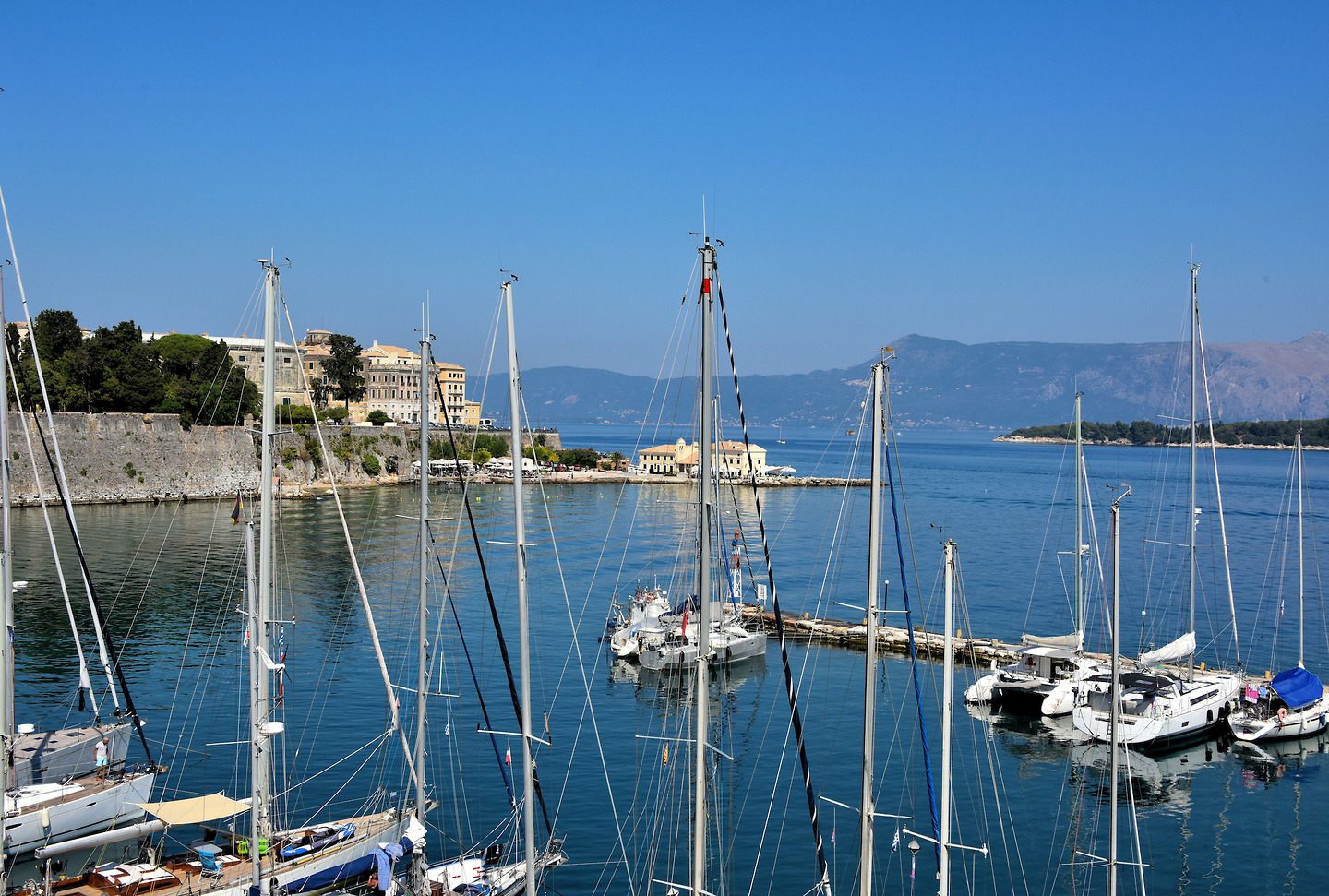Corfu is an Ionian island and its largest city. Before it was transferred to Greece during the Treaty of London in 1864, it was a protectorate of the United Kingdom and ruled by the Republic of Venice. The entire Old Town is a UNESCO World Heritage Site.





























